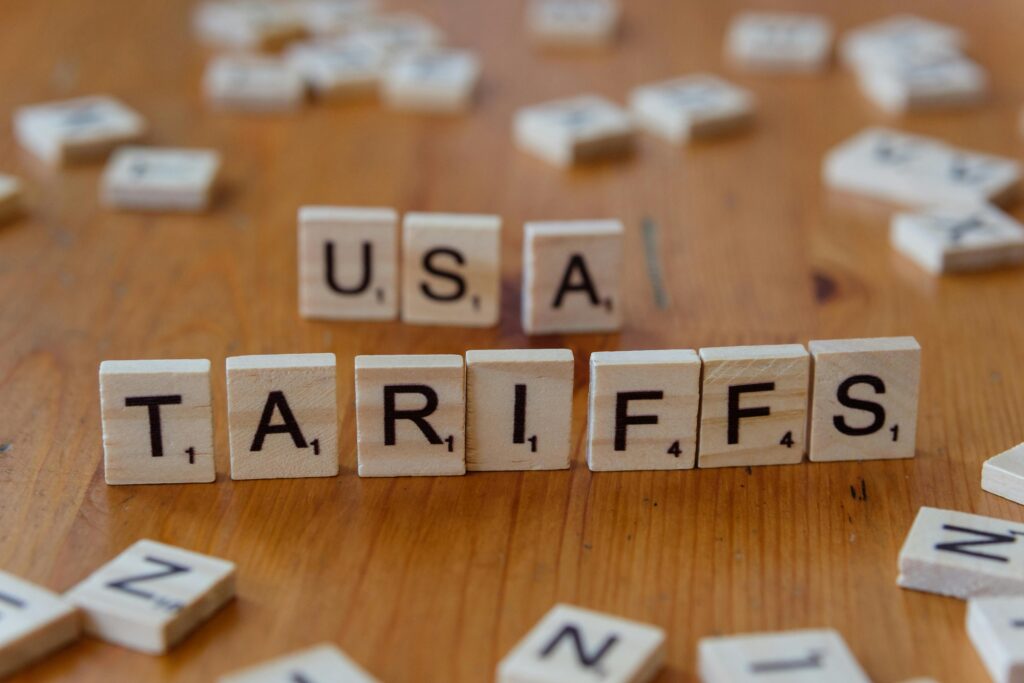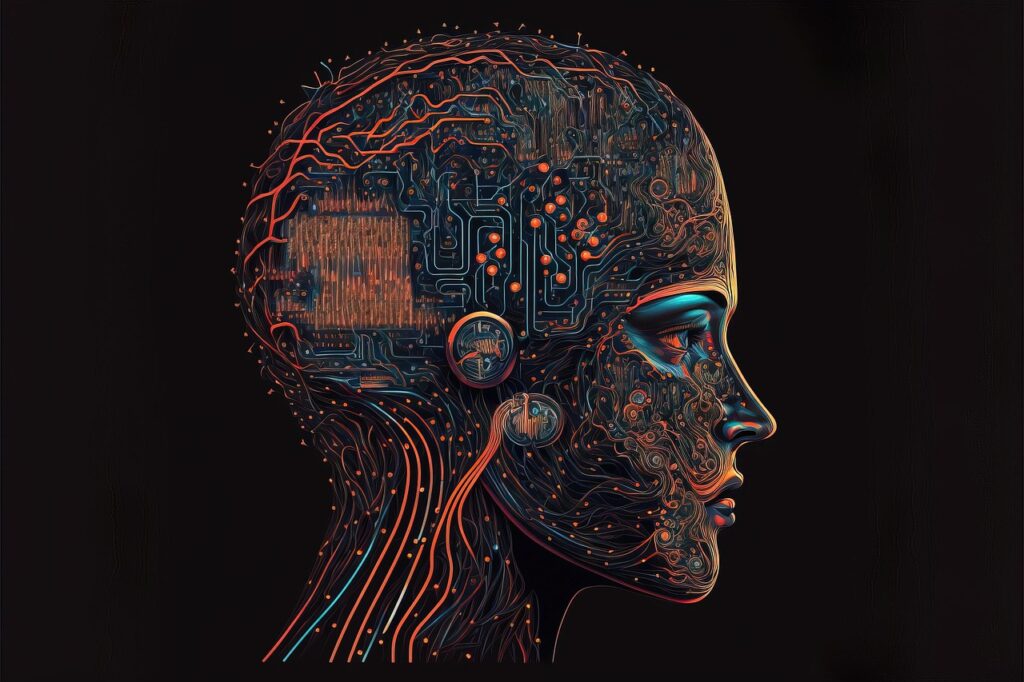I used to think the Internet was just a place to search, scroll, and binge something that “just works.” Then I started meeting people who actually build and protect the thing, and I realised the Internet is less a magic cloud and more a living system that needs careful tending. The rules, decisions, and institutions behind that tend to be what we call Internet governance, and they quietly shape how our lives look online: what we can say, how our data is used, whether a small business can sell to the world, or a whole region gets cut off by a national firewall. Internet governance is not a faraway policy club; it’s the scaffolding behind every link you click.
Think about the simple things: domain names (the addresses you type), IP addresses (the numbers machines use to find each other), and the protocols that let your phone talk to a website. These things don’t manage themselves, organisations coordinate them so your blog loads, your payments go through, and your messages arrive. ICANN, for example, coordinates those unique identifiers and helps keep more than a billion websites reachable for roughly 5.8 billion Internet users worldwide that’s not a small administrative detail, it’s the difference between an Internet that works for everyone and a fractured set of national networks.
When governance stumbles or the wrong people get the loudest voice, the consequences are immediate and visible. “Splinternet” is not just a trendy phrase , it’s a real risk where different countries end up with their own closed-off internets. If that happens, the web ceases to be a global commons. It becomes a patchwork of walled gardens: one Internet for big-tech-dominated markets, another for heavily regulated states, and a host of isolated networks in between. This fragmentation isn’t hypothetical; research and debates in global forums document the trend and warn of its costs for trade, learning, and civic life.
Security is another place where governance shows its teeth. The web is attacked every day, from phishing and ransomware to nation-state operations. The economic cost is staggering: researchers and industry trackers have projected global cybercrime losses to reach eye-watering sums (a commonly cited projection pegs it at around $10.5 trillion annually by 2025), and governments and companies regularly report rising losses and fraud volumes. Those are not abstract numbers; they translate to blocked transactions, stolen savings, disrupted hospitals, and silenced activists. Governance matters because it is how countries, technical experts, and companies agree on standards, incident response, and norms to reduce harm. For instance, international groups that recommended norms against using cyberspace to cause large-scale civilian harm have pushed the conversation toward restraint and accountability.
Rights and inclusion are political but also deeply personal. The Internet should be a place to learn, to organize, to make money, to meet people , but those opportunities evaporate when narrow interests capture governance. When only corporations and powerful states shape the rules, privacy gets eroded, surveillance increases, and marginalised voices get drowned out. That’s why multistakeholder spaces, where civil society, technical experts, governments, businesses, and youth groups come together does matter. They’re imperfect and messy, but they keep decision-making from becoming a closed playbook that benefits the already powerful. UNESCO and other global institutions frame the Internet as a public resource with the potential to build inclusive knowledge societies, which is a nice way of saying: the Internet is too important to be left to the highest bidder.
There are practical, everyday examples that make all this obvious. Look at debates over encryption: when a government asks platforms for message traceability, the security community warns that weakening end-to-end encryption would make millions of users—and critical systems—less safe. Look at the Cambridge Analytica scandal: a single instance of data misuse shook public trust and prompted governments to enact privacy protections. Look at national bans and restrictions on apps and platforms: they show how data-flow rules and national security claims can suddenly change which services you can use. These are governance battles, and they decide whether the Internet is an engine of opportunity or a tool for control.
At the same time, governance is the mechanism that keeps innovation alive. The Internet grew because it was open: anyone could build, try, fail, and scale. Standard-setting groups, technical communities, and open protocols make that possible. But as tech like AI, biometric ID, and large-scale data analytics advance, society needs guardrails: not to stop progress but to steer it so that benefits are shared and harms minimised. Good governance tries to strike that balance , it gives startups a chance to compete while preventing unchecked monopoly power and predatory practices that stamp out newcomer innovation.
If you’re wondering where you fit in, you can be at the table. Internet governance isn’t a closed thing reserved for ministers or a small set of engineers. The whole model is supposed to be multistakeholder — that includes youth networks, community groups, NGOs, researchers, and everyday users. Forums like the Internet Governance Forum (IGF), regional IGFs, ICANN meetings, et cetera exist precisely so more voices can shape rules that affect them. Suppose you’re passionate about digital rights, access, women’s safety online, or fair data practices. In that case, those are real places to make a difference.
We also need to be honest about the complex parts. Governance legitimacy is a moving target: who decides which voices matter? Enforcement across borders is messy because laws are national while networks are global. Technology evolves faster than policy, meaning norms are always catching up, and marginalised communities remain underrepresented in international fora. These are solvable problems, but they require persistent engagement rather than periodic outrage when a scandal breaks.
At the end of the day, Internet governance is not about control for its own sake, it’s about coordination and protection. It’s about making sure that the infrastructure that lets a student in a small town attend an online class, a small business sell to new markets, or an activist safely document human rights abuses, keeps working. It’s about setting norms so a state or an attacker can’t simply switch off large parts of the web or weaponise it without consequences. It’s about protecting rights while enabling innovation.
So why should you care? Because the future of the Internet will be shaped by whoever shows up: if users don’t participate, corporations and states will fill the space and write the rules. If people like us do not show up, through local advocacy, by joining civil-society delegations, by following and contributing to public consultations, the Internet can remain open, secure, and fair. It’s not glamorous work, and it rarely trends on social media. Still, it’s the kind of slow, steady action that decides whether the Internet serves everyone or just the loudest and wealthiest. The choice is not inevitable, it will be decided in rooms, on mailing lists, in meetings, and in courts. If you want the Internet to be a public resource that helps people, not a closed marketplace or a surveillance grid, start caring about governance now.
























